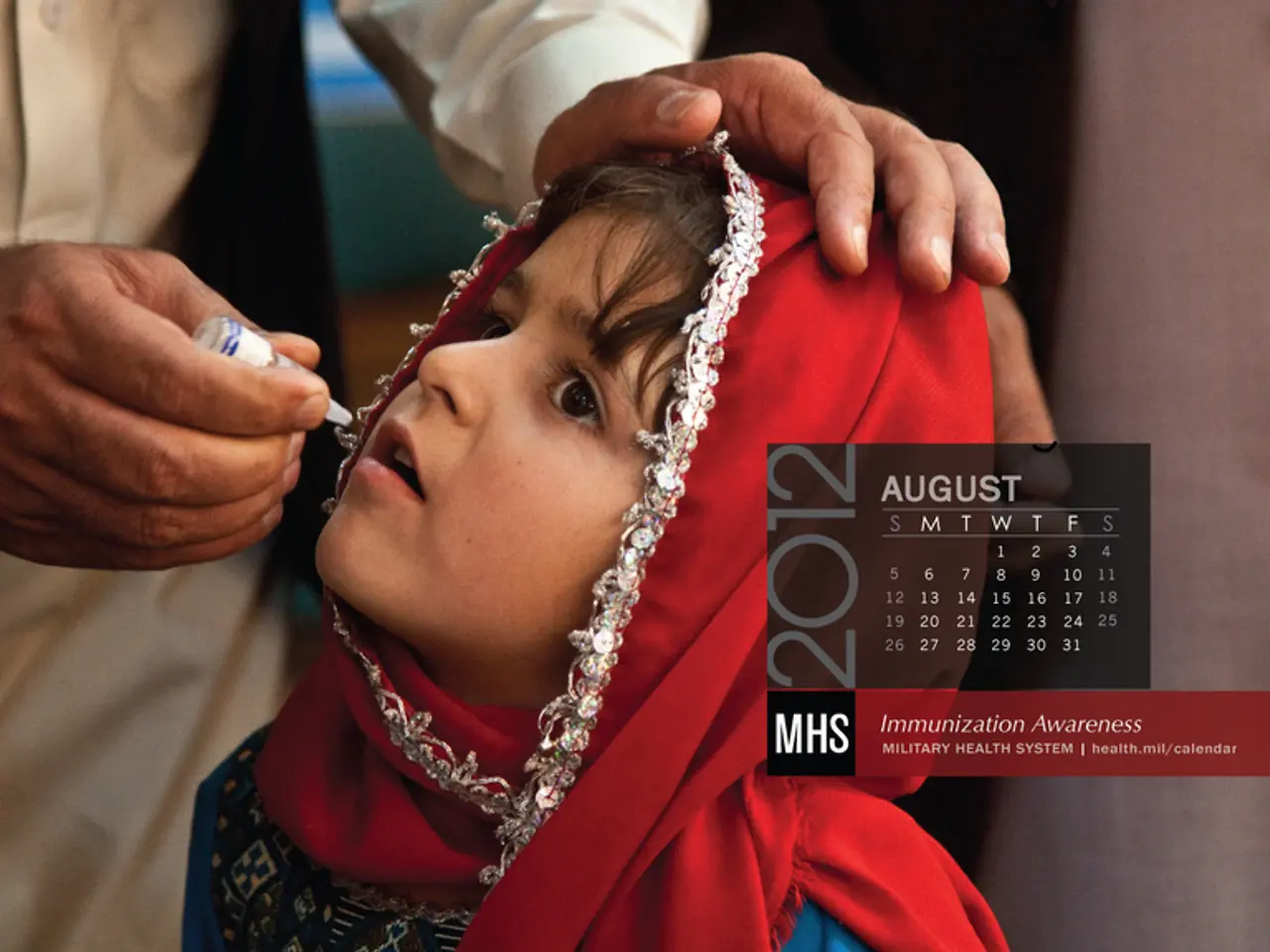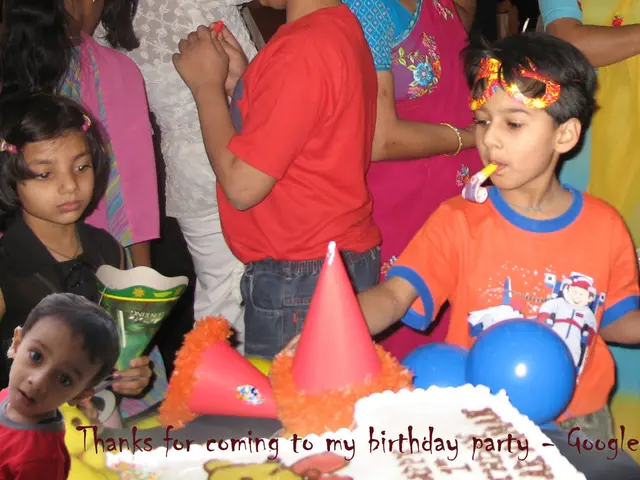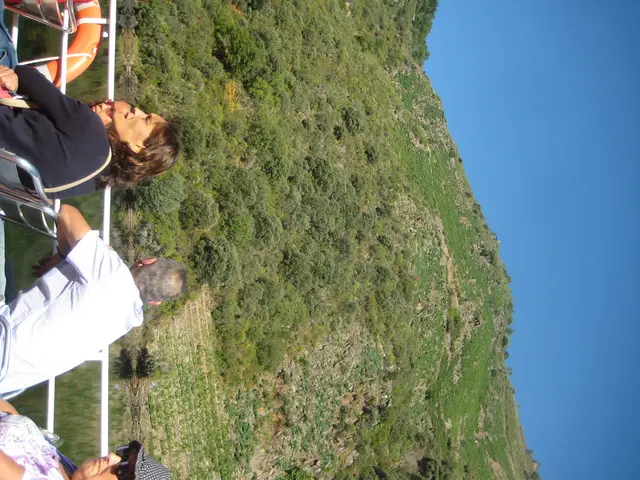Distribution of COVID-19 Vaccines Continues to Stumble Due to Lack of Confidence
In the United States, concerns about vaccine equity have arisen as most vaccine sites are located in white neighborhoods, complicating efforts for Black and brown eligible residents to receive the vaccine [1]. This disparity is caused primarily by a combination of preexisting health disparities, social inequities, mistrust in medical systems, and misinformation.
A study published last week from the University of Houston found that a third of Texans are likely to refuse the COVID-19 vaccine outright [2]. Reneé Cross, senior director of the University of Houston Hobby School of Public Affairs, stated that a successful public immunization effort requires public trust [3]. To build this trust, medical and health professionals need to listen to the concerns and needs of communities of color.
Rachel Pearson, an assistant professor of pediatrics, finds the failed rollout of the vaccine an "intolerable" injustice [4]. Jeremiah Muhammad, a local organizer, pointed out that prejudices and racism from government entities contribute to the poor treatment of communities like Little Village and the Bronx [5].
In Chicago's Little Village, a COVID-19 hotspot, the immigrant community is struggling to accept the vaccine due to distrust in government [6]. The COVID-19 vaccine rollout has largely failed to target communities with the worst air quality [7].
To ensure equitable vaccine distribution and acceptance, authorities can implement the following strategies:
- Partner with community-based organizations (CBOs): Federal programs such as the CDC’s Vaccine Equity and Access Program fund and collaborate with CBOs led by and serving people of color to provide culturally relevant outreach, education, and easier access to vaccines [3].
- Provide clear, consistent, and culturally tailored communication: Delivering accurate vaccine information via trusted interpersonal influencers and community leaders can help overcome misinformation and mistrust [2].
- Address social determinants of health: Improve structural inequities such as housing, employment protections, transportation, and healthcare access that underlie both COVID-19 risk and vaccine barriers [1].
- Engage in long-term community trust-building: Ongoing efforts are needed to overcome historical mistrust through transparency, collaboration, and addressing broader health disparities.
An investigation by NPR found that the current distribution of vaccine sites exacerbates existing health disparities [7]. Thousands of vaccine appointments remained unfilled in the Bronx by Friday, indicating a lack of trust among residents [6]. In New York City, a mass vaccination center was announced for the Bronx, which has the highest positivity rate in the city and high asthma rates [8].
Misinformation and lack of trust in the government and pharmaceutical companies are contributing factors to vaccine refusal in Texas [2]. To address these issues, it's crucial to ensure equitable access to the vaccine for all communities.
The coronavirus has killed more than 2 million people globally [9]. The medical system has historically discriminated against vulnerable communities, leading to little trust in the medical community among communities of color [4]. Pearson argues that the vaccine is a unique opportunity to demonstrate society's commitment to every person's life [4].
References:
- https://www.npr.org/sections/health-shots/2021/02/02/962634532/covid-19-vaccine-distribution-exacerbates-health-disparities-in-black-and-latino-co
- https://www.houstonchronicle.com/coronavirus/article/One-third-of-Texans-plan-to-refuse-coronavirus-vaccine-16085437.php
- https://www.cdc.gov/vaccines/covid-19/community/index.html
- https://www.nytimes.com/2021/02/03/us/covid-vaccine-distrust-minority-communities.html
- https://www.nytimes.com/2021/02/03/us/covid-vaccine-distrust-minority-communities.html
- https://www.nytimes.com/2021/02/03/us/covid-vaccine-distrust-minority-communities.html
- https://www.npr.org/sections/health-shots/2021/02/02/962634532/covid-19-vaccine-distribution-exacerbates-health-disparities-in-black-and-latino-co
- https://www.nytimes.com/2021/02/03/nyregion/bronx-covid-vaccine-mass-site.html
- https://www.worldometers.info/coronavirus/
- The magazine article highlighted the lack of vaccine equity in the United States, with most vaccine sites situated in white neighborhoods, hindering access for Black and brown residents.
- A community-based organization (CBO) can partner with federal programs like the CDC’s Vaccine Equity and Access Program to provide culturally relevant outreach, education, and easier access to vaccines.
- In an effort to build public trust, medical and health professionals must listen to the concerns and needs of communities of color.
- A successful public immunization effort requires clear, consistent, and culturally tailored communication to overcome misinformation and mistrust.
- Social determinants of health, such as housing, employment protections, transportation, and healthcare access, must be addressed to improve both COVID-19 risk and vaccine barriers.
- Ongoing community trust-building efforts are necessary to overcome historical mistrust through transparency, collaboration, and addressing broader health disparities.
- An NPR investigation found that the current distribution of vaccine sites exacerbates existing health disparities, leading to a lack of trust among residents.
- Thousands of vaccine appointments remained unfilled in the Bronx, indicating a lack of trust among residents and highlighting the need for equitable access to the vaccine for all communities.
- In response to vaccine refusal due to misinformation and a lack of trust in the government and pharmaceutical companies, authorities must focus on ensuring equitable access to the vaccine for all communities.
- Environmental justice is an important consideration in ensuring equitable vaccine distribution and acceptance, with a focus on targeting communities with the worst air quality.
- Articles in the newsletter, scientific journals, and environmental-science periodicals are discussing the role of climate change in exacerbating health disparities and the importance of addressing these issues in vaccine distribution plans.
- In addition to concerns about vaccine equity, many people struggle with chronic diseases, mental-health issues, respiratory-conditions, and eye-health problems, making fitness-and-exercise, health-and-wellness, and eye-care essential for maintaining good overall health.
- Failure to address existing health disparities can lead to complications in managing medical-conditions, such as chronic diseases, respiratory-conditions, and mental-health issues.
- Information about therapies-and-treatments, patient success stories, and mental-health resources can be found in magazines, newsletters, and online forums focused on health-and-wellness.
- Medicine, medical-conditions, and health-care policies are topics of interest in both general-news magazines and industry publications.
- Many experts agree that Medicare should cover the cost of CBD products for managing chronic pain and other medical-conditions, as it is an effective and non-addictive treatment.
- As the production of CBD products becomes more mainstream, finance, investment, and wealth-management resources are increasingly available for those looking to cash in on this growing industry.
- Data-and-cloud-computing is crucial for tracking vaccine distribution and ensuring equitable access to the vaccine for all communities.
- The energy sector plays a key role in addressing climate change, with a focus on renewable energy sources, energy efficiency, and sustainability.
- Retail, transportation, and home-and-garden industries must also play their part in reducing greenhouse gas emissions and promoting environmental-justice.
- Lifestyle, fashion-and-beauty, food-and-drink, and personal-finance magazines cover a range of topics related to self-care, personal growth, and wealth management.
- Consumers are increasingly interested in supporting ethical, sustainable, and eco-friendly brands, shaping consumer behavior, and creating new business opportunities.
- Businesses that prioritize responsible waste management, energy-efficient practices, and ethical sourcing are likely to appeal to a growing demographic concerned with environmental-justice and sustainability.
- Education-and-self-development, personal-growth, and big-wins are popular topics on social-media platforms, with many users seeking inspiration, motivation, and advice for personal and professional growth.
- Concerns about relationships, mental-health, and self-care are attracting readers to online magazines and newsletters dedicated to love, intimacy, and wellness.
- Pets, travel, cars, books, and hobbies are other popular topics covered in magazines, websites, and newsletters that cater to various lifestyle interests.
- The migration of people from rural areas to cities, driven by factors such as employment opportunities and access to education and healthcare, is a significant issue facing many communities.
- Educational institutions have a responsibility to provide opportunities for career development and to prepare students for the demands of the job market.
- Pop-culture, sci-fi-and-fantasy, crime-and-justice, and general-news are some of the top categories on streaming platforms, reflecting our fascination with entertainment, crime, and current events.
- Concerns about war-and-conflicts and climate-change have sparked dialogue about the role of policy-and-legislation in mitigating their negative impacts on communities and the environment.
- The job-search process has been affected by the ongoing pandemic, with many employers adopting remote work policies and focusing on skills-training for their workforce.
- In the ever-evolving landscape of casino-and-gambling, it's essential to stay informed about the latest trends, innovations, and personalities shaping the industry.
- Governments and non-governmental organizations (NGOs) must prioritize responsible-gambling practices and resources to support those struggling with gambling-related difficulties.






